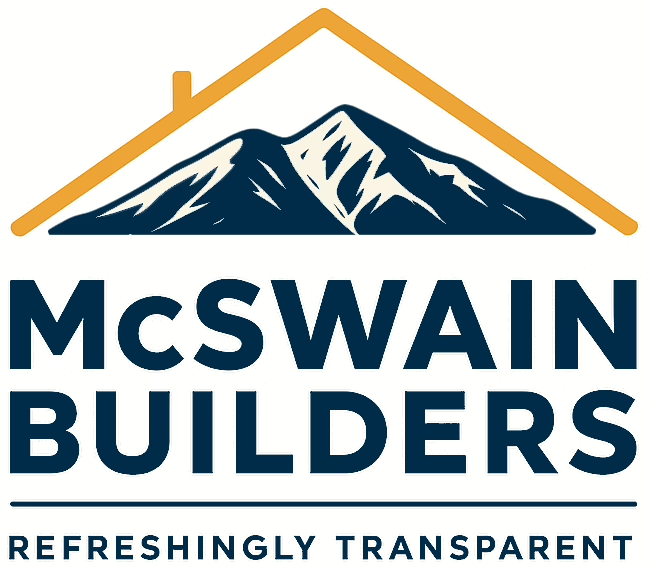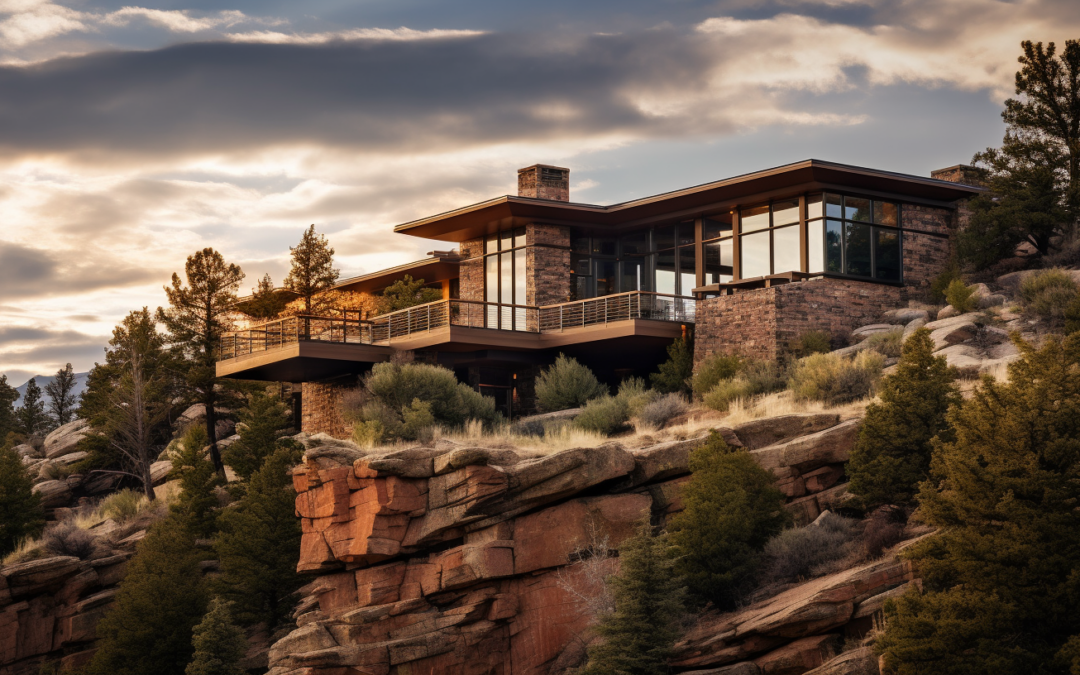Colorado’s mountainous regions, with their breathtaking landscapes and natural beauty, present unique challenges when it comes to home construction. Colorado home construction challenges, like building on rocky terrain, requires careful planning, innovative engineering, and strategic problem-solving. In this article, we will explore the various challenges faced by builders and homeowners in Colorado’s mountainous areas, such as Aspen, Carbondale, Snowmass, and Basalt. From site preparation to foundation design and construction techniques, we will delve into the strategies and solutions employed to overcome these challenges and create sturdy, durable, and resilient homes amidst the rugged and rocky landscapes.
Site Evaluation and Preparation
Before construction can begin, a comprehensive site evaluation is essential to assess the conditions of the rocky terrain. Soil tests, geotechnical surveys, and topographic assessments help determine the stability, composition, and load-bearing capacity of the land. Excavation and grading may be necessary to level the ground and create a suitable foundation. This process may involve rock blasting, excavation equipment, and careful removal of debris. Proper site preparation sets the stage for successful construction on rocky terrain.
Foundation Design and Engineering
Designing a solid foundation is crucial when building on rocky terrain. The foundation must be able to withstand the geological challenges and ensure the stability and longevity of the structure. Different foundation types, such as drilled piers, caissons, or rock anchors, may be employed based on the specific characteristics of the site. Engineering expertise and specialized techniques are necessary to ensure proper weight distribution, load-bearing capacity, and resistance to rock movement or shifting.
Rock Mitigation and Stabilization
Rock mitigation and stabilization techniques play a vital role in ensuring the safety and integrity of structures built on rocky terrain. This may involve slope stabilization measures, such as retaining walls or rock bolting, to prevent landslides or rockfall. Additionally, rock anchors or soil nails can be used to reinforce the stability of the ground. Geotechnical experts collaborate with construction teams to implement appropriate measures based on the specific geological conditions of the site.
Excavation and Construction Techniques
Excavation on rocky terrain requires specialized equipment and techniques to overcome the challenges presented by hard and uneven surfaces. Rock-breaking equipment, such as hydraulic hammers or rock saws, may be used to remove large boulders and create a level building area. Precision and careful excavation are crucial to ensure proper foundation installation and minimize the impact on the natural environment. Construction techniques that accommodate the rocky terrain, such as reinforced concrete or steel structures, may be employed to enhance the structural integrity of the building.
Collaboration with Experienced Professionals
Overcoming construction challenges in mountainous areas necessitates collaboration with experienced professionals who possess expertise in building on rocky terrain. Engaging architects, engineers, geotechnical consultants, and construction teams familiar with the unique geological characteristics of the region ensures a well-informed approach to construction. These professionals can provide valuable insights, advice, and guidance throughout the project, helping to navigate the complexities and ensure the successful completion of the building process.
Environmental Considerations and Preservation
Construction in mountainous areas must also consider environmental preservation and sustainability. Adhering to local regulations, mitigating erosion, and preserving natural vegetation are essential components of responsible construction practices. Implementing erosion control measures, such as retaining natural water drainage channels or installing sedimentation ponds, minimizes the impact on the surrounding ecosystem. Utilizing environmentally friendly materials and incorporating energy-efficient design principles further enhances the sustainability of the project.
Building on rocky terrain in Colorado’s mountainous areas poses unique challenges that require innovative solutions and collaboration with experienced professionals. Through thorough site evaluation, proper foundation design, rock mitigation and stabilization, specialized excavation and construction techniques, and mindful environmental considerations, construction projects can successfully overcome the obstacles presented by the rugged landscapes. By implementing these strategies and employing skilled experts, homeowners in Aspen, Carbondale, Snowmass, and Basalt can create resilient, durable, and stunning mountain homes that harmonize with the natural surroundings while enduring the test of time.


Recent Comments